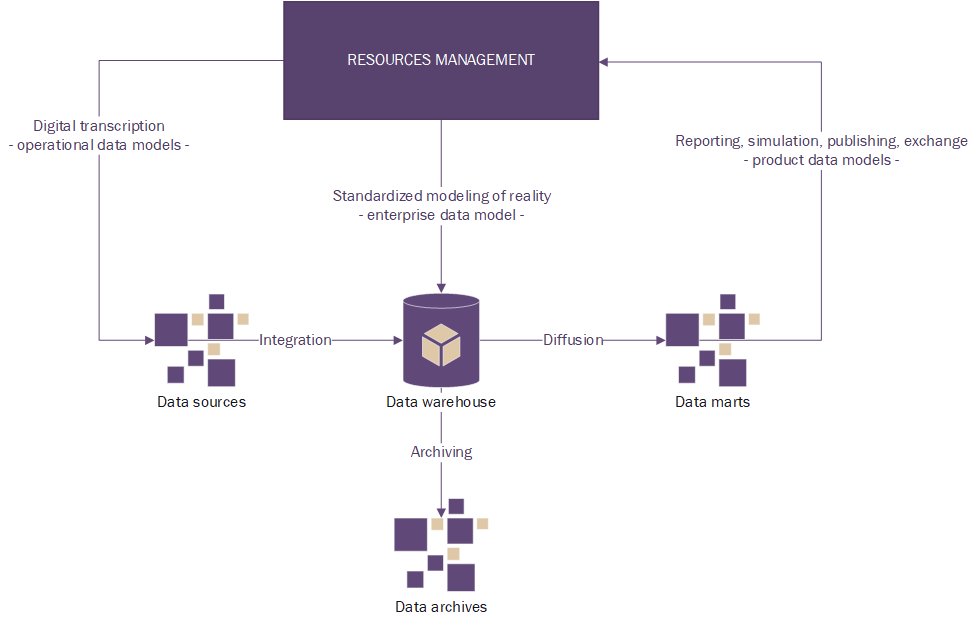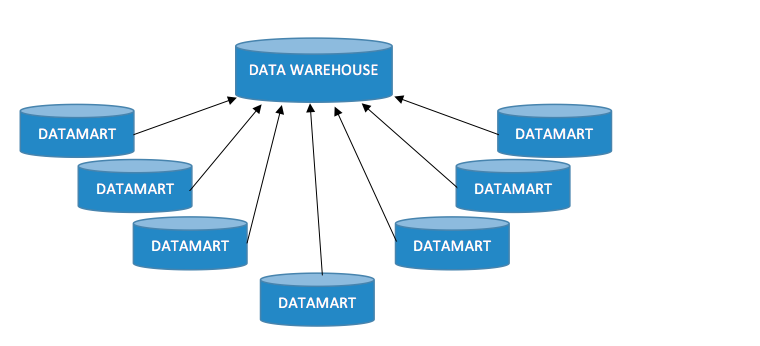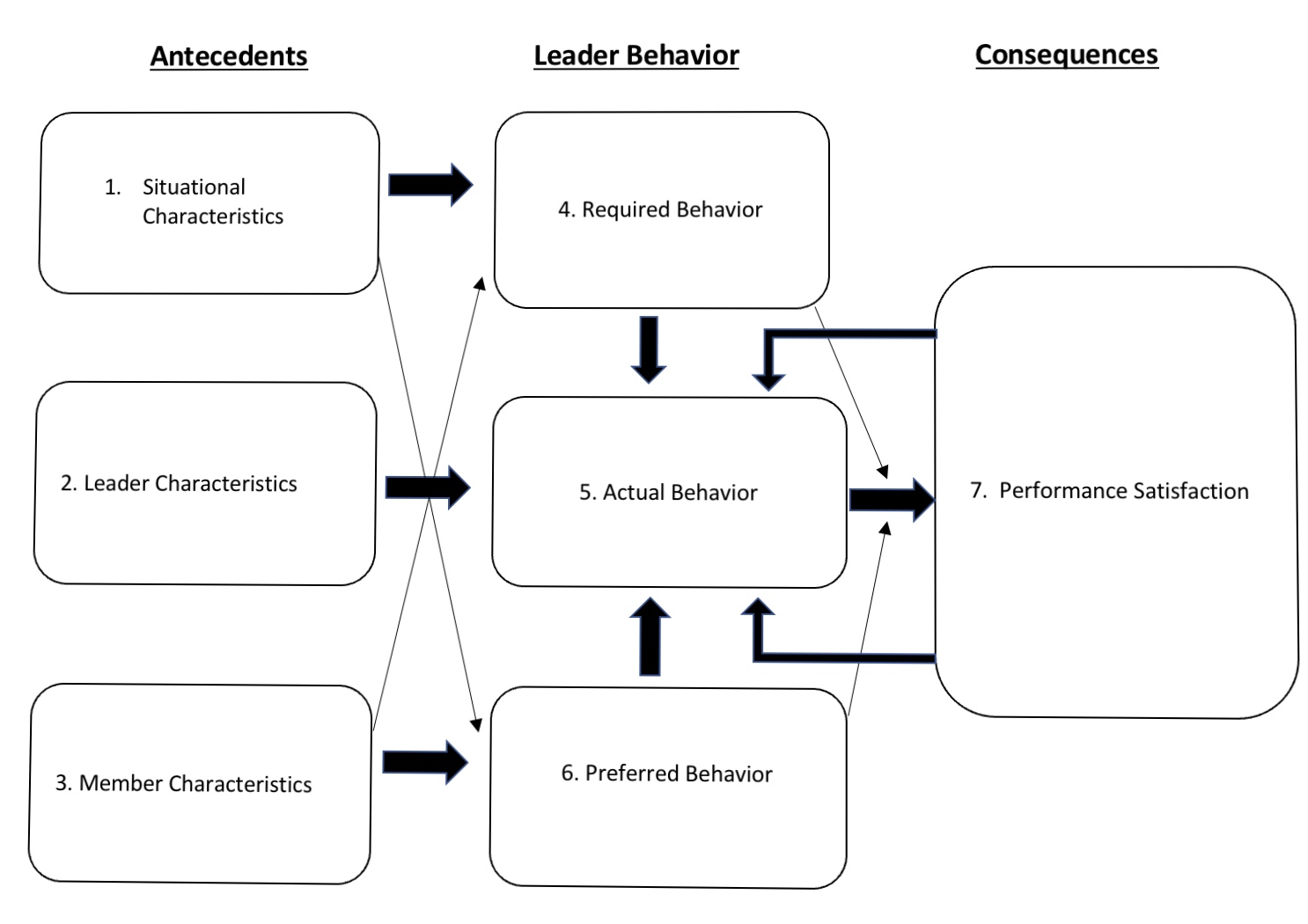What is Neural Network?
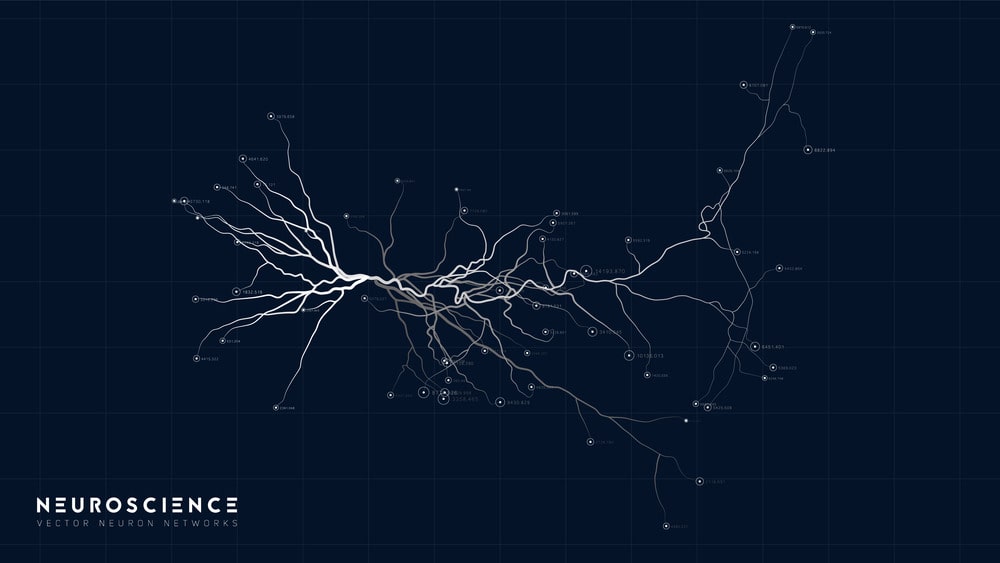
A neural network is a type of computational model inspired by the structure and functioning of the human brain. It is a core component of artificial intelligence (AI) and machine learning (ML), especially in a subset called deep learning.
Key Concepts of Neural Networks:
1. Neurons (Nodes):
Neural networks consist of interconnected units called neurons or nodes, which are analogous to neurons in the brain. Each neuron receives input, processes it, and produces an output.
2. Layers:
- Input Layer: The first layer that receives input data (e.g., images, text, or numerical data).
- Hidden Layers: Layers between the input and output, where most of the computations happen. These layers apply transformations to the input data to uncover patterns. Deep neural networks may have multiple hidden layers, leading to “deep learning.”
- Output Layer: The final layer that produces the output (e.g., a classification label or a prediction).
3. Weights and Biases:
Neurons are connected by weights, which are parameters that determine the strength of the connection between nodes. Biases are additional parameters that help the network adjust its predictions. Both weights and biases are adjusted during the training process to improve accuracy.
4. Activation Function:
The activation function determines whether a neuron should be “activated” or not, i.e., whether it should pass its signal to the next layer. Popular activation functions include:
- ReLU (Rectified Linear Unit): Most common, sets negative values to zero, and keeps positive values.
- Sigmoid: Produces an output between 0 and 1, useful for probability-based outputs.
- Tanh: Similar to sigmoid but ranges from -1 to 1.
5. Training (Learning Process):
Neural networks learn by adjusting their weights and biases through a process called backpropagation, where the error (difference between the predicted and actual result) is propagated backward to fine-tune the model.
- Loss Function: A function that measures the error between the predicted output and the true output. Common loss functions include mean squared error (for regression tasks) and cross-entropy (for classification tasks).
- Gradient Descent: An optimization algorithm used to minimize the loss function by updating the weights in the direction of the steepest descent.
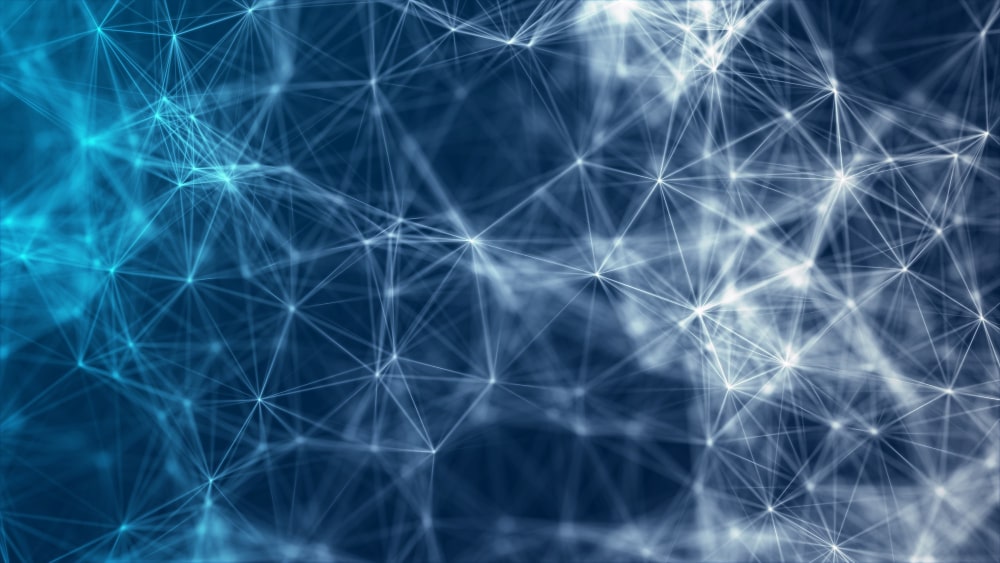
6. Feedforward vs. Feedback:
- Feedforward Neural Networks: The data flows in one direction, from the input to the output, with no cycles or feedback loops.
- Recurrent Neural Networks (RNNs): These networks have cycles, allowing them to use feedback from previous time steps, making them suitable for tasks involving sequences (e.g., time series, language modeling).
Also Read : What is Artificial Intelligence?
Types of Neural Networks:
- Convolutional Neural Networks (CNNs): Primarily used for image processing and computer vision tasks, CNNs use convolutional layers to extract spatial features from images.
- Recurrent Neural Networks (RNNs): Designed to handle sequential data like time series or text, RNNs maintain a memory of previous inputs.
- Feedforward Neural Networks (FNNs): The simplest form, where information flows in one direction from input to output.
- Generative Adversarial Networks (GANs): Consist of two networks (a generator and a discriminator) that compete with each other, often used for generating synthetic data.
Applications of Neural Networks:
- Image recognition (e.g., facial recognition)
- Natural language processing (e.g., language translation, chatbots)
- Speech recognition
- Financial forecasting
- Autonomous vehicles (object detection and decision-making)
Neural networks are a powerful tool in AI, enabling machines to “learn” complex patterns and make intelligent decisions based on data.
FAQ
1. What is a Neural Network?
A neural network is a type of machine learning model inspired by the human brain’s neural structure. It is designed to recognize patterns in data and consists of layers of interconnected nodes (neurons) that process and pass information.
2. How do Neural Networks work?
Neural networks take input data, process it through layers of interconnected nodes, and produce an output. They learn by adjusting internal parameters (weights and biases) based on the difference between predicted and actual outputs during training.
3. What is the difference between Artificial Neural Networks (ANNs) and Biological Neural Networks?
– Artificial Neural Networks (ANNs) are mathematical models used in computers to recognize patterns and make predictions.
– Biological Neural Networks refer to the interconnected neurons in the human brain and nervous system, which process information naturally.
4. How does a Neural Network learn?
Neural networks learn through a process called training. During training, the network adjusts its weights and biases using an algorithm called backpropagation, which minimizes the error (loss) between the predicted output and the actual output.
5. What is backpropagation?
Backpropagation is an algorithm used in training neural networks. It works by calculating the error at the output and then propagating that error back through the network, adjusting the weights to improve performance.
6. What is a Convolutional Neural Network (CNN)?
A CNN is a type of neural network designed specifically for image and video processing. It uses convolutional layers to detect spatial hierarchies and patterns in visual data, making it highly effective for tasks like image recognition.

